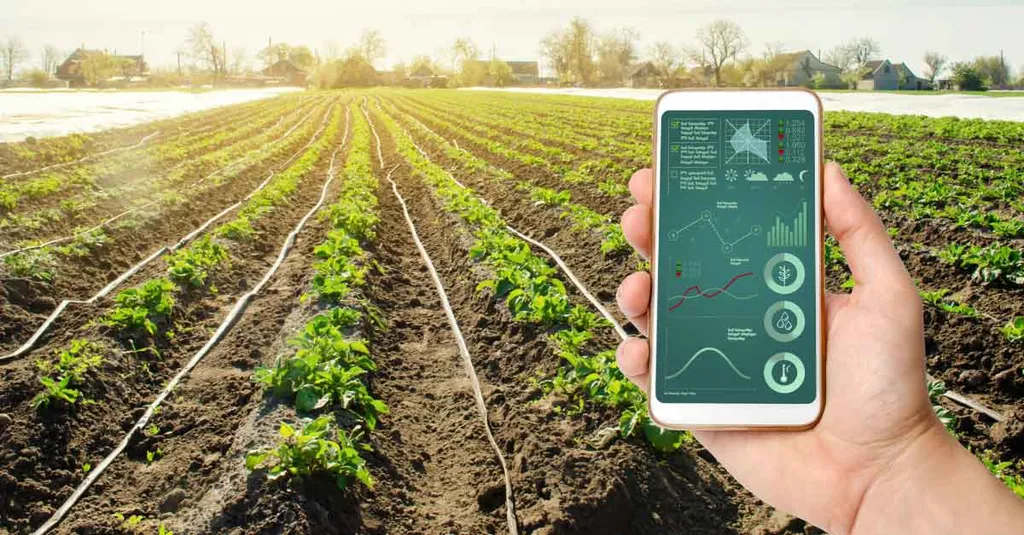In the heart of Chongqing, China, a team of researchers led by Zhihui Li from the College of Engineering and Technology at Southwest University has developed a groundbreaking ammonia sensor that could revolutionize smart agriculture and beyond. The sensor, based on a unique composite of molybdenum trioxide (MoO3) and titanium carbide MXene (Ti3C2TX), operates at room temperature and offers unprecedented sensitivity and stability.
Ammonia, a critical component in agricultural fertilizers, is also a potent pollutant that can harm both the environment and human health. Traditional sensors often struggle with low sensitivity, slow response times, and difficulty in portable monitoring. Li’s team aimed to address these challenges head-on. “We wanted to create a sensor that could not only detect ammonia with high sensitivity but also be integrated into a portable, real-time monitoring system,” Li explained.
The MoO3@Ti3C2TX sensor demonstrated remarkable performance, with a fast response and recovery time of just 14 seconds and 24 seconds, respectively. Its sensitivity and selectivity far surpass those of most existing Ti3C2TX-based and intrinsic MoO3 sensors. The secret lies in the sensor’s unique microstructure, which features dual active sites that facilitate the oxidative adsorption and dissociation of ammonia. The formation of interfacial Schottky junctions and charge regulation further enhances the sensor’s sensitivity.
To understand the underlying mechanisms, the researchers employed density functional theory (DFT) simulations. These simulations revealed an increased ammonia adsorption energy and strong atomic orbital hybridization at the heterointerface, confirming the sensor’s exceptional performance.
But the innovation doesn’t stop at the sensor itself. The team integrated the MoO3@Ti3C2TX sensor into a multifunctional Internet of Things (IoT) monitoring system. This system enables real-time visualization of ammonia detection through threshold-triggered alarms, making it an invaluable tool for smart agriculture. Farmers can now monitor ammonia levels in their fields in real-time, optimizing fertilizer use and minimizing environmental impact.
The implications of this research extend beyond agriculture. The energy sector, for instance, could benefit from advanced gas monitoring systems to ensure safety and efficiency in industrial processes. “This technology has the potential to be applied in various fields where ammonia detection is crucial,” Li noted.
Published in the Journal of Advanced Ceramics, which translates to “Advanced Ceramics” in English, this research marks a significant step forward in the development of high-performance gas sensors. As the world moves towards smarter, more sustainable practices, innovations like the MoO3@Ti3C2TX sensor will play a pivotal role in shaping the future of agriculture and beyond. The study not only addresses current challenges but also opens new avenues for exploration in the field of sensor technology.

